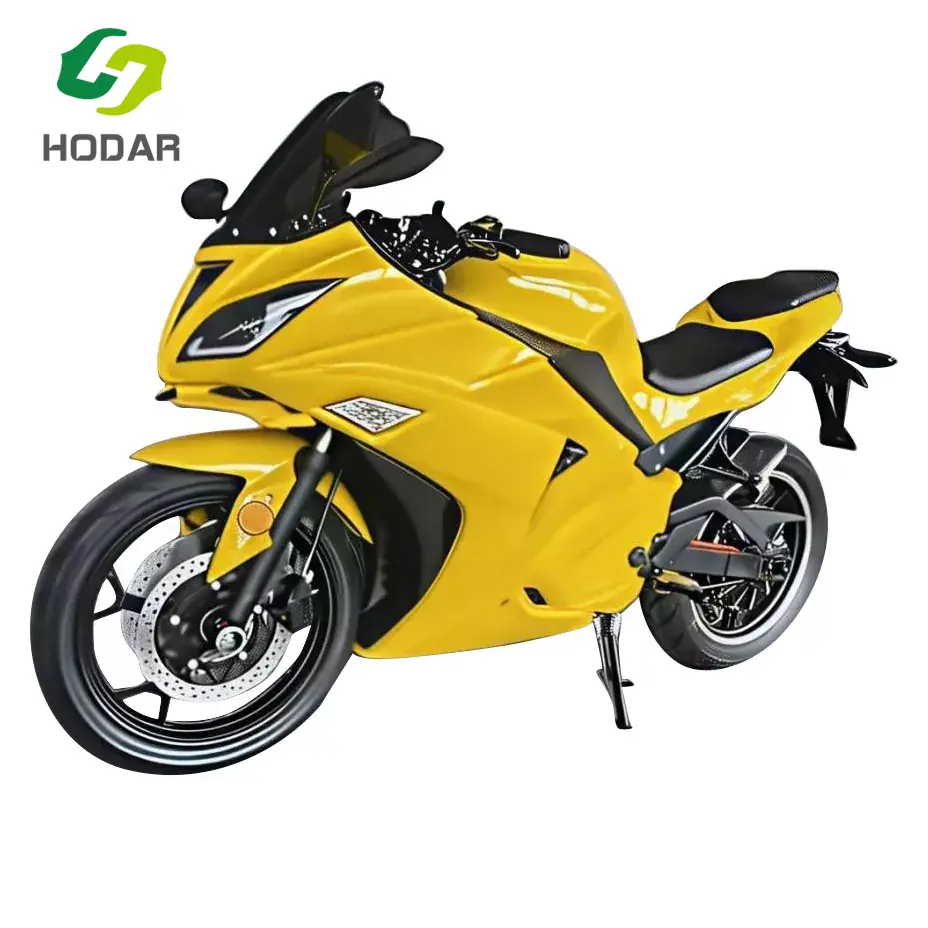The electric race motorcycle industry is charging forward in 2025, driven by technological advancements, market growth, and high-profile racing events.
1. Racing Events: FE Electric Formula Championship Returns to Shanghai
The 2025 FE Electric Formula World Championship will return to the Shanghai International Circuit on May 31-June 1, marking a new chapter in electric motorsport. The event, featuring the fastest and most efficient electric race cars, will see 11 teams from global brands like McLaren, Maserati, Jaguar, Nissan, and Porsche compete.
GEN3 EV0 Race Cars: These all-electric, four-wheel-drive vehicles boast a top speed of 322 km/h and accelerate from 0-100 km/h in just 1.86 seconds.
Innovative Race Strategy: Teams must manage limited battery capacity, incorporating a new "Attack Mode" and a 30-second, 600 kW fast-charging pit stop for a 10% power boost.
Sustainability Focus: As the world's first fully electric FIA World Championship, FE promotes clean energy and net-zero carbon racing.
The championship's return to Shanghai underscores China's growing role in global electric vehicle innovation, with the city serving as a stage to showcase cutting-edge racing technologies.
2. Technological Breakthroughs in Electric Motorcycles
Several companies are pushing the boundaries of electric motorcycle design and performance:
White Motorcycle Concepts' 300E+: This innovative, fast-charging model features a patented V-shaped air duct for enhanced aerodynamics and stability. Its T-shaped battery improves handling and energy efficiency, offering a range of up to 201 km on a single charge.
Vector-ST by Electric Superbike Twente: A student-built superbike from the Netherlands, the Vector-ST achieves a top speed of 300 km/h with a 160 kW motor and rapid acceleration.
Royal Enfield's C6: Blending retro aesthetics with modern technology, the C6 electric motorcycle features a magnesium-cased battery and Girder front forks for a nostalgic yet advanced riding experience.
Battery technology is also advancing rapidly, with companies like CATL and BYD introducing lithium iron phosphate modules that extend range to over 200 km while reducing costs. Solid-state batteries, with lab-tested energy densities exceeding 400 Wh/kg, are expected to hit the market by 2030.

3. Market Trends: Growth, Competition, and Policy Support
Global Expansion: The electric motorcycle market is growing, particularly in Asia-Pacific regions. China, despite a 43.25% sales decline in early 2024 due to policy transitions, is projected to rebound in 2025. The premium segment (priced above $2,200) now accounts for 18% of sales, driven by upgrading consumer preferences.
Emerging Brands: New entrants like Niu and Ninebot are challenging traditional leaders such as Yadea, capturing younger users with smart features like IoT connectivity and AI-assisted driving.
Policy Incentives: Over 15 Chinese provinces offer subsidies for electric motorcycles, while cities like Chengdu and Xi'an are opening motorcycle-only lanes to promote green commuting. International standards like the EU's Euro 5 emissions rules are accelerating R&D investments.
4. Competitive Landscape: Traditional vs. New Players
Traditional Giants: Yadea maintains a 46.1% market share in China through its vast distribution network, but faces challenges from Niu's "direct sales + community" model.
Cross-Industry Rivals: Automakers like Geely and Nio are leveraging automotive technology to develop electric motorcycles, with Geely's "Jimo" series featuring car-grade BMS systems.
Global Expansion: Chinese brands are making inroads into Southeast Asia, where Yadea holds a 12% market share in Vietnam. The region's projected demand for 120 million electric motorcycles by 2030 presents significant growth opportunities.
5. Ecosystem Developments
Charging Infrastructure: Rapid-charging networks are expanding, with over 100,000 swap stations expected by 2025, particularly in logistics and food delivery sectors.
Aftermarket Services: New business models like ride-sharing platforms and battery leasing are emerging, while used-vehicle financing and data-driven services now account for 30% of the market.
